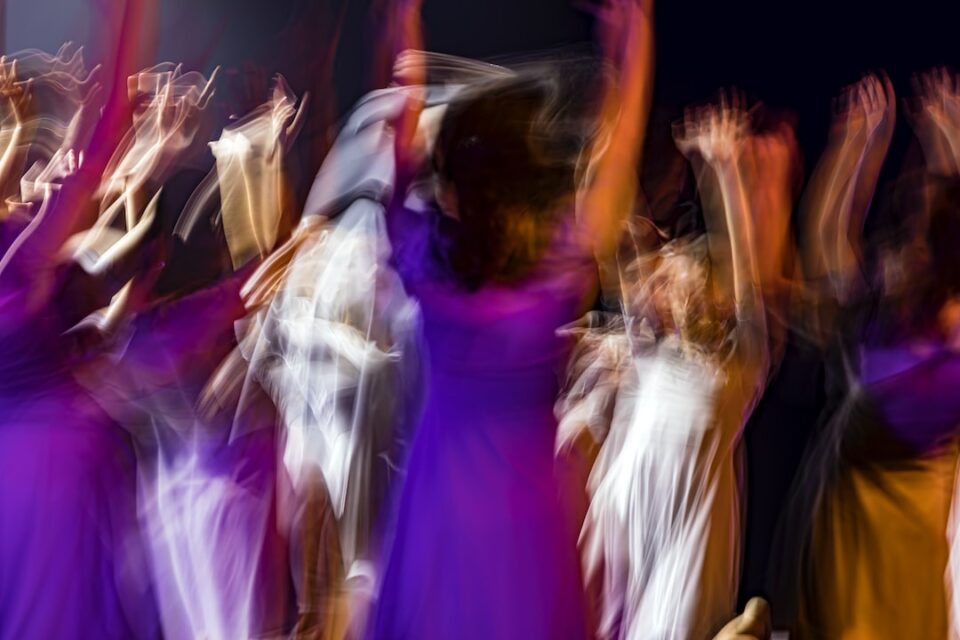Public Art: Transforming Urban Landscapes and Encouraging Community Engagement
In today’s fast-paced and highly urbanized world, cities are constantly looking for ways to enhance and transform their urban landscapes. One innovative and impactful approach that has gained significant popularity in recent years is the integration of public art. Public art refers to any piece of artwork or installation that is displayed in a public space, accessible to anyone and everyone. These art pieces can vary in form and size, ranging from murals and sculptures to light installations and interactive installations. The presence of public art not only enhances the visual aesthetics of a city but also encourages community engagement, fosters cultural identity, and promotes social interaction.
One of the primary benefits of public art is its ability to transform the urban landscape. For many cities, the integration of public art has become a strategic approach to revitalize and rejuvenate underutilized spaces. By placing captivating and thought-provoking art pieces in vacant lots, desolate alleyways, or plain walls, cities can instantly breathe new life into these areas, making them more attractive and engaging. Public art has the power to turn an ordinary street corner into a vibrant outdoor gallery, drawing in locals and tourists alike.
Furthermore, public art plays a crucial role in encouraging community engagement. When art is placed in public spaces, it becomes accessible to everyone, regardless of their cultural or socioeconomic background. It bridges gaps between different communities and brings people together, promoting inclusivity and unity. The act of experiencing public art can be a shared experience that promotes dialogue and encourages communication. It fosters a sense of ownership and pride, allowing the community to develop a closer connection with their surroundings and the artwork itself.
Public art is also an effective means of expressing a city’s cultural identity. Art has long been a powerful form of storytelling, and public art allows cities to narrate their unique stories to residents and visitors. By incorporating local history, heritage, and cultural symbols into public art installations, cities can celebrate their diverse backgrounds and create a sense of identity. Public art becomes a visual representation of a city’s soul, showcasing its rich and vibrant culture for all to experience and admire.
Moreover, public art has the potential to promote social interaction and create meaningful connections within a community. Many public art installations are designed to be interactive and engage viewers on a deeper level. Whether it’s a sculpture that invites people to touch and explore or an interactive light installation that reacts to the presence of individuals, public art encourages people to become active participants in their environment. This active engagement sparks conversations, encourages shared experiences, and fosters a sense of community and belonging.
The impact of public art extends beyond just the viewers. Artists and creators also benefit from the integration of public art into urban landscapes. Public art provides artists with a platform to showcase their talent and creativity to a wide audience. It offers emerging artists a chance to gain exposure and recognition, while established artists can use public art to push boundaries and challenge societal norms. The collaboration between artists and cities not only enriches the urban landscape but also supports the growth and development of the art community as a whole.
In conclusion, public art has the power to transform urban landscapes and encourage community engagement. From revitalizing underutilized spaces to promoting cultural identity and fostering social interaction, public art creates a dynamic and inclusive environment for both residents and visitors. Cities that embrace public art open doors to endless possibilities, allowing their communities to thrive and their urban landscapes to flourish. So next time you walk through a city adorned with public art, take a moment to appreciate its beauty and reflect on the positive impact it has on both the physical and social fabric of our society.


